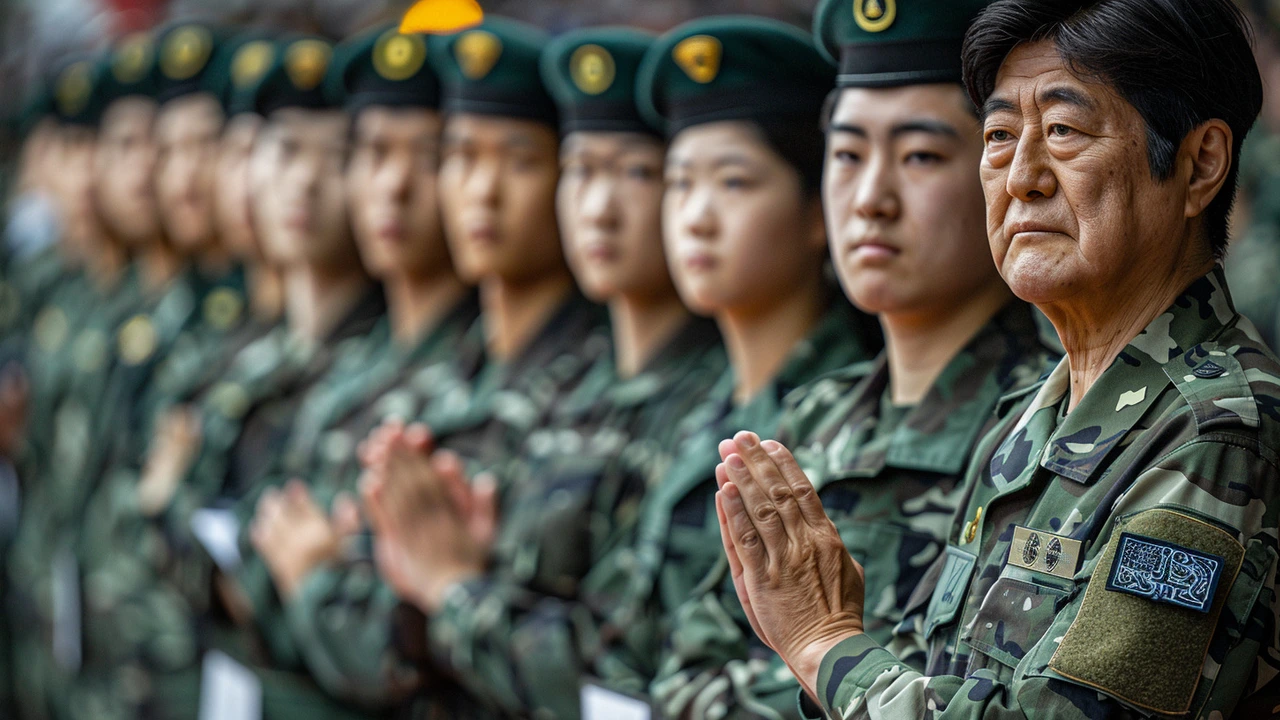Military Drills: What You Need to Know
Military drills are planned exercises showing how armed forces prepare for real conflicts. They vary from small unit training to huge international operations involving several countries. These drills test readiness, improve coordination, and show strength to allies and rivals alike.
Ever wondered why countries spend big on military drills? It’s not just about muscle-flexing. These exercises help soldiers practice tactics, test new tech, and fine-tune teamwork under pressure. You could say it’s like a sports team running practice matches to get ready for the big game.
Types of Military Drills
Drills come in many forms. Some are annual national exercises focusing on specific skills like parachuting or naval maneuvers. Others are multinational, combining forces from different countries to improve international cooperation. Think of these as joint rehearsals so everyone understands how to work together during real missions.
For example, countries in South Africa and beyond often hold drills to boost regional security. These help identify weaknesses and build trust among neighboring forces. Plus, they give governments a chance to send a message about their military capabilities and resolve.
Why Military Drills Matter to You
Military drills might seem far from everyday life but they impact national security and stability. Well-trained armed forces deter conflicts, maintain peace, and protect citizens in emergencies. They also help improve crisis response for natural disasters or unexpected threats.
If you’re curious about recent drills or how they influence the balance of power, keeping an eye on local and international news is a good move. These events can shift political talks and remind us that readiness is essential in an unpredictable world.
Understanding the purpose and impact of military drills helps us see the bigger picture behind headlines. It’s about preparedness, teamwork, and security that ultimately affects us all.
China Stages Military Drills in Response to Taiwan's New President Lai Ching-te's Inauguration
In a reactive move, China has commenced military drills around Taiwan in response to Lai Ching-te's inauguration as Taiwan's new president. The exercises, which featured dozens of jets with live missiles, underscore China's strong disapproval of Taiwan's leadership and their push for independence. Internal political dynamics within Taiwan further complicate the situation.

